Home>Technology>Smart Home Devices>What Is WPA/WEP On A Printer
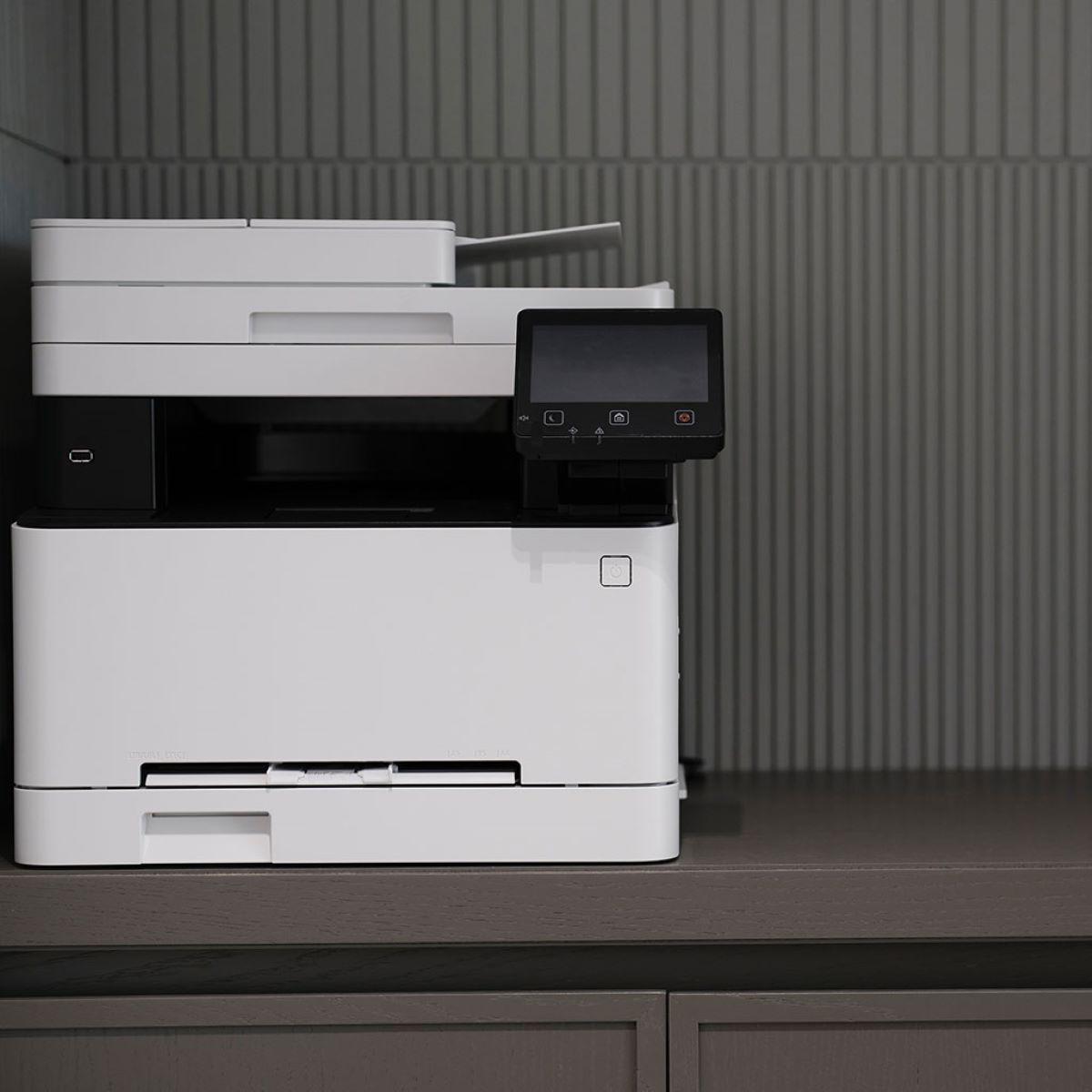

Smart Home Devices
What Is WPA/WEP On A Printer
Modified: January 14, 2024
Learn about the importance of WPA/WEP security on smart home devices and how to set it up for enhanced protection. Discover the best practices for securing your smart home network.
(Many of the links in this article redirect to a specific reviewed product. Your purchase of these products through affiliate links helps to generate commission for Storables.com, at no extra cost. Learn more)
Introduction
In today's interconnected world, printers have become integral components of both home and office environments. With the advent of smart technology, printers have evolved to offer wireless connectivity, enabling users to print documents from various devices without the hassle of physical connections. However, this convenience comes with the need for robust security measures to protect sensitive data and prevent unauthorized access.
One of the key security features associated with wireless printers is the implementation of Wi-Fi Protected Access (WPA) and Wired Equivalent Privacy (WEP) protocols. These protocols play a crucial role in safeguarding the wireless communication between the printer and connected devices, ensuring that data remains confidential and secure from potential cyber threats.
Understanding the significance of WPA/WEP protocols and their impact on printer security is essential for both individuals and businesses. In this comprehensive guide, we will delve into the intricacies of WPA/WEP on printers, elucidating their importance, setup process, and troubleshooting techniques. By the end of this article, you will have a clear understanding of how WPA/WEP contributes to the security of wireless printers and how to address any associated issues effectively.
Key Takeaways:
- WPA/WEP protocols are like secret codes that protect your wireless printer, keeping your documents safe from sneaky hackers and making sure only the right people can use the printer.
- Setting up WPA/WEP on your printer is like creating a super-strong password, and if you ever have trouble with it, there are ways to fix it, just like solving a puzzle to keep your printer safe and working smoothly.
Read more: What Is Printer Duplexing
Understanding WPA/WEP
Wi-Fi Protected Access (WPA) and Wired Equivalent Privacy (WEP) are cryptographic security protocols designed to secure wireless networks, including those utilized by printers. These protocols are instrumental in preventing unauthorized access, data interception, and other security breaches that can compromise the confidentiality of transmitted information.
WEP, the older of the two protocols, was introduced as a security standard for wireless networks. It utilizes a set of algorithms to encrypt data as it is transmitted between devices and the wireless access point. However, over time, vulnerabilities in the WEP protocol were discovered, rendering it susceptible to exploitation by cyber attackers.
Recognizing the limitations of WEP, Wi-Fi Alliance developed WPA as a more robust security solution. WPA addresses the weaknesses of WEP by implementing stronger encryption algorithms and dynamic encryption keys, significantly enhancing the security of wireless communication. The subsequent evolution of WPA, known as WPA2, further bolstered security measures, making it the preferred choice for protecting wireless networks, including those associated with printers.
It is important to note that while WPA and WPA2 offer robust security, they are not immune to potential vulnerabilities. As technology evolves, so do the methods used by cybercriminals to exploit security protocols. Therefore, staying informed about the latest security updates and best practices is crucial for maintaining a secure printing environment.
Understanding the nuances of WPA/WEP is essential for users seeking to optimize the security of their wireless printers. By comprehending the underlying principles of these protocols, individuals and businesses can make informed decisions regarding the implementation and maintenance of secure wireless printing capabilities.
Importance of WPA/WEP on Printers
The implementation of WPA/WEP protocols on printers holds significant importance in ensuring the security and integrity of wireless printing environments. By incorporating these security measures, users can mitigate the risks associated with unauthorized access, data interception, and potential cyber threats. The following points elucidate the importance of WPA/WEP on printers:
- Confidentiality of Data: WPA/WEP protocols play a pivotal role in safeguarding the confidentiality of transmitted data between the printer and connected devices. By encrypting the communication channel, these protocols prevent unauthorized parties from intercepting and deciphering sensitive information, thereby preserving the privacy of printed documents and maintaining data integrity.
- Protection Against Unauthorized Access: Without robust security measures such as WPA/WEP, wireless printers are vulnerable to unauthorized access by individuals seeking to exploit network vulnerabilities. Implementing these protocols acts as a barrier, preventing unauthorized users from gaining access to the printer and potentially compromising sensitive data or launching malicious activities.
- Defense Against Cyber Threats: In today’s digital landscape, cyber threats pose a constant risk to networked devices, including printers. WPA/WEP protocols serve as a defense mechanism, thwarting potential cyber attacks that aim to exploit weaknesses in wireless communication. By fortifying the printer’s security with these protocols, users can reduce the likelihood of falling victim to security breaches and related vulnerabilities.
- Compliance with Security Standards: Adhering to industry-standard security protocols such as WPA/WEP is essential for regulatory compliance and maintaining the integrity of network security frameworks. Businesses and organizations are often required to meet specific security standards, and the implementation of WPA/WEP on printers contributes to fulfilling these requirements, thereby enhancing overall security posture.
By recognizing the importance of WPA/WEP on printers, users can proactively prioritize the security of their wireless printing infrastructure. These protocols serve as fundamental components in establishing a secure and resilient printing environment, empowering users to leverage the convenience of wireless printing without compromising data security.
Tip: When setting up your printer’s wireless connection, choose WPA (Wi-Fi Protected Access) or WEP (Wired Equivalent Privacy) for security. WPA is more secure than WEP, so it’s the better choice to protect your network from unauthorized access.
Setting up WPA/WEP on a Printer
Configuring WPA/WEP protocols on a printer is a fundamental aspect of establishing a secure wireless printing environment. The following steps outline the process of setting up WPA/WEP on a printer, ensuring that robust security measures are in place to protect the integrity of wireless communication:
- Access Printer Settings: Begin by accessing the printer’s settings or control panel. This can typically be achieved by navigating through the printer’s menu or using a web browser to access the printer’s web interface.
- Locate Wireless Security Settings: Within the printer’s settings, locate the section related to wireless security or network settings. This is where the WPA/WEP configuration options are typically found.
- Select Security Protocol: Choose the appropriate security protocol based on your specific printer model and network requirements. If WPA2 is available, it is generally recommended as it offers the highest level of security. However, if compatibility issues arise with older devices, WPA or WEP may be selected, bearing in mind their respective security limitations.
- Enter Security Key: Upon selecting the desired security protocol, you will be prompted to enter a security key or passphrase. This key serves as the authentication mechanism for connecting devices to the printer. It is essential to create a strong, unique key that is not easily guessable to enhance the security of the wireless network.
- Save and Apply Changes: Once the security settings and key have been configured, save the changes and apply the new security settings to the printer. This will activate the selected security protocol and enforce the specified security key for wireless communication.
- Test Connectivity: After setting up WPA/WEP on the printer, it is advisable to test the connectivity by attempting to print a document from a connected device. This ensures that the security settings do not hinder the functionality of wireless printing and confirms that the printer is securely accessible to authorized users.
By following these steps, users can effectively set up WPA/WEP on their printers, fortifying the wireless printing environment with robust security measures. It is imperative to periodically review and update the security settings to align with best practices and address any emerging security vulnerabilities.
Troubleshooting WPA/WEP Issues on Printers
While WPA/WEP protocols are designed to enhance the security of wireless printing, users may encounter occasional issues related to these security measures. Addressing and troubleshooting these issues is essential for maintaining seamless and secure printing operations. The following strategies can help users effectively troubleshoot WPA/WEP issues on printers:
- Verify Security Key Accuracy: If connectivity issues arise, ensure that the security key or passphrase entered into the printer matches the key used by the connected devices. Inaccurate or mismatched security keys can lead to authentication failures and hinder wireless connectivity.
- Check Signal Strength: Poor wireless signal strength can impact the functionality of WPA/WEP-protected printers. Position the printer and wireless access point in close proximity to improve signal reception, minimizing potential connectivity issues caused by weak signals.
- Update Printer Firmware: Outdated printer firmware can contribute to compatibility issues with WPA/WEP security protocols. Check for firmware updates for the printer and apply any available updates to ensure compatibility with the latest security standards and protocols.
- Review Network Configuration: Verify that the printer’s network settings align with the specifications of the wireless network. Ensure that the printer is configured to use the appropriate security protocol (WPA/WEP) and that the network settings, such as SSID and security mode, are accurately configured to match the wireless network’s parameters.
- Reset Printer Network Settings: If persistent issues persist, consider resetting the printer’s network settings to their default configuration. This can resolve potential configuration conflicts and allow for a fresh setup of WPA/WEP security settings.
- Consult Manufacturer Support: If troubleshooting efforts prove unsuccessful, reaching out to the printer manufacturer’s support resources can provide valuable assistance. Manufacturer support teams can offer guidance, troubleshoot specific issues, and provide insights into resolving WPA/WEP-related concerns effectively.
By employing these troubleshooting strategies, users can effectively address WPA/WEP issues on printers, ensuring that the security protocols function optimally without hindering the seamless operation of wireless printing. Regular maintenance and proactive troubleshooting contribute to a secure and reliable printing environment.
Read more: What Is A Duplexer On A Printer
Conclusion
As the ubiquity of wireless printing continues to expand, the implementation of robust security measures such as WPA/WEP protocols is paramount to safeguarding sensitive data and maintaining the integrity of printing environments. Understanding the intricacies of WPA/WEP and their impact on printer security empowers users to establish secure and resilient wireless printing capabilities.
By prioritizing the confidentiality of data, protecting against unauthorized access, defending against cyber threats, and ensuring compliance with security standards, the importance of WPA/WEP on printers becomes evident. These security protocols serve as vital components in fortifying the security posture of wireless printers, enabling users to leverage the convenience of wireless printing without compromising data security.
Setting up WPA/WEP on printers involves a systematic configuration process, encompassing the selection of security protocols, the creation of strong security keys, and the validation of wireless connectivity. Proactive maintenance and periodic review of security settings are essential for adapting to evolving security landscapes and addressing potential vulnerabilities.
Furthermore, troubleshooting WPA/WEP issues on printers requires a methodical approach, encompassing verification of security key accuracy, optimization of signal strength, firmware updates, network configuration review, and collaboration with manufacturer support resources. By addressing these issues effectively, users can maintain secure and seamless wireless printing operations.
In conclusion, the integration of WPA/WEP protocols on printers is indispensable for mitigating security risks, preserving data privacy, and upholding the confidentiality of printed materials. By embracing these security measures and staying abreast of best practices, users can foster a secure printing environment that aligns with modern security standards and regulatory requirements.
Frequently Asked Questions about What Is WPA/WEP On A Printer
Was this page helpful?
At Storables.com, we guarantee accurate and reliable information. Our content, validated by Expert Board Contributors, is crafted following stringent Editorial Policies. We're committed to providing you with well-researched, expert-backed insights for all your informational needs.




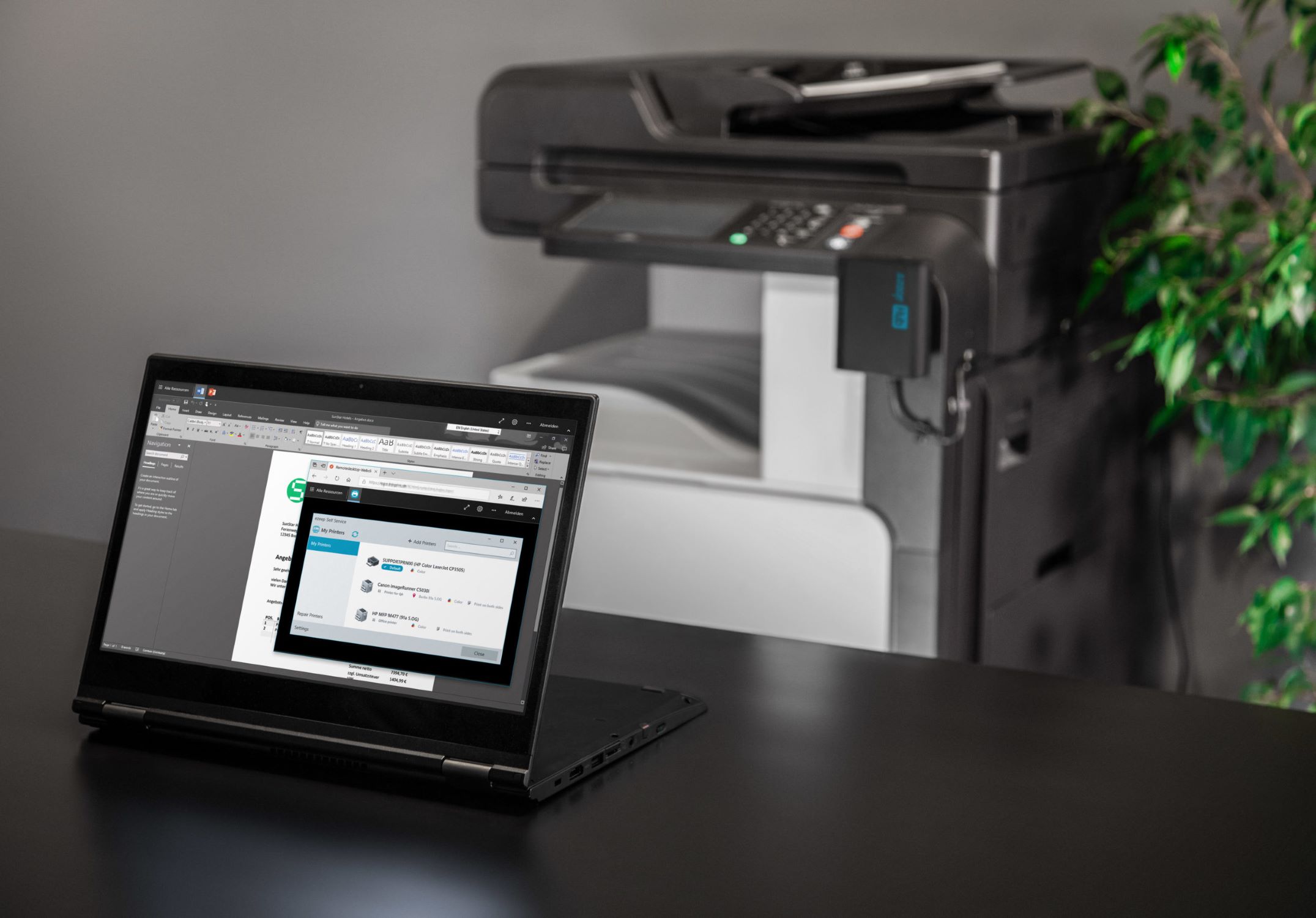
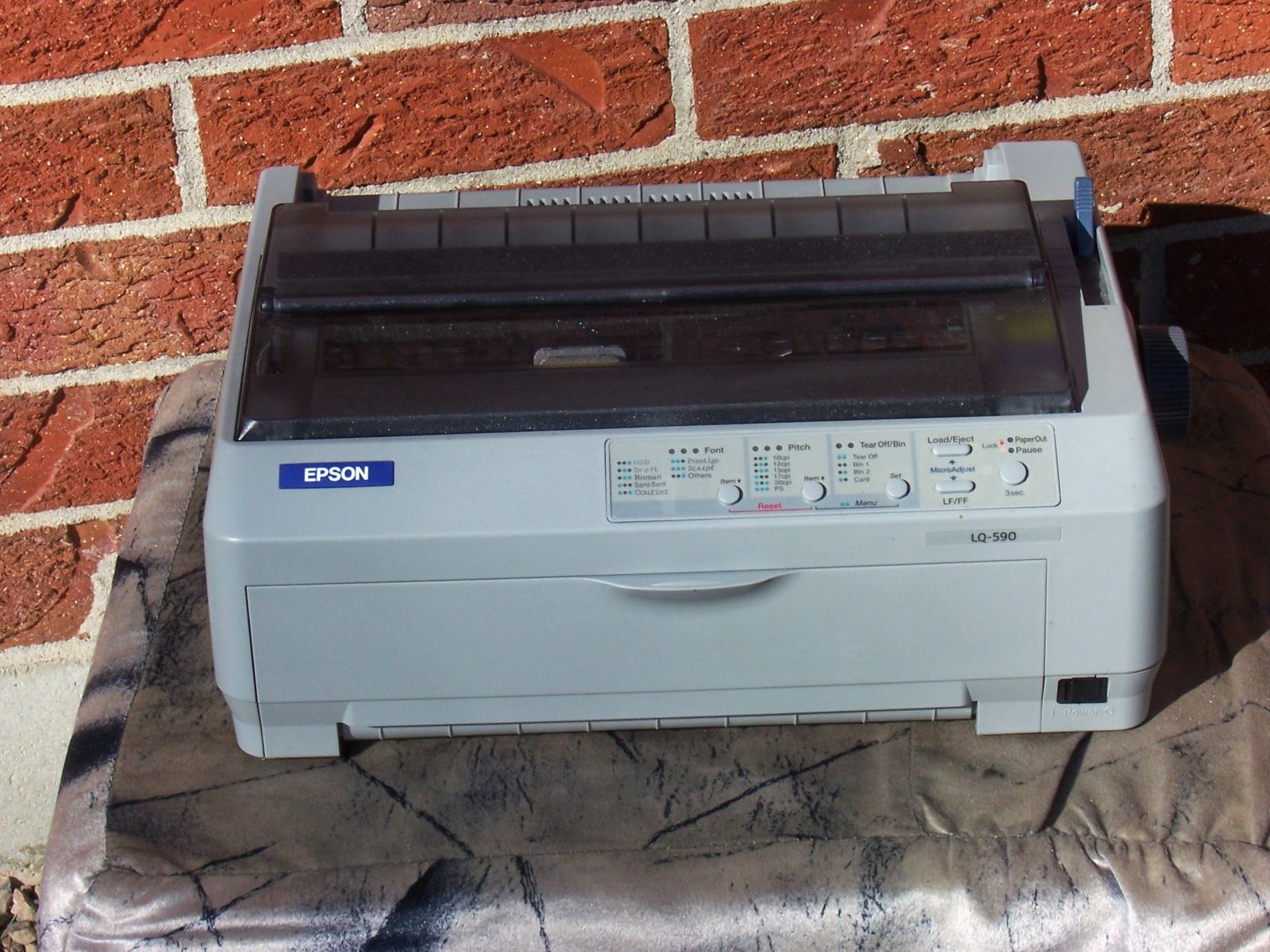
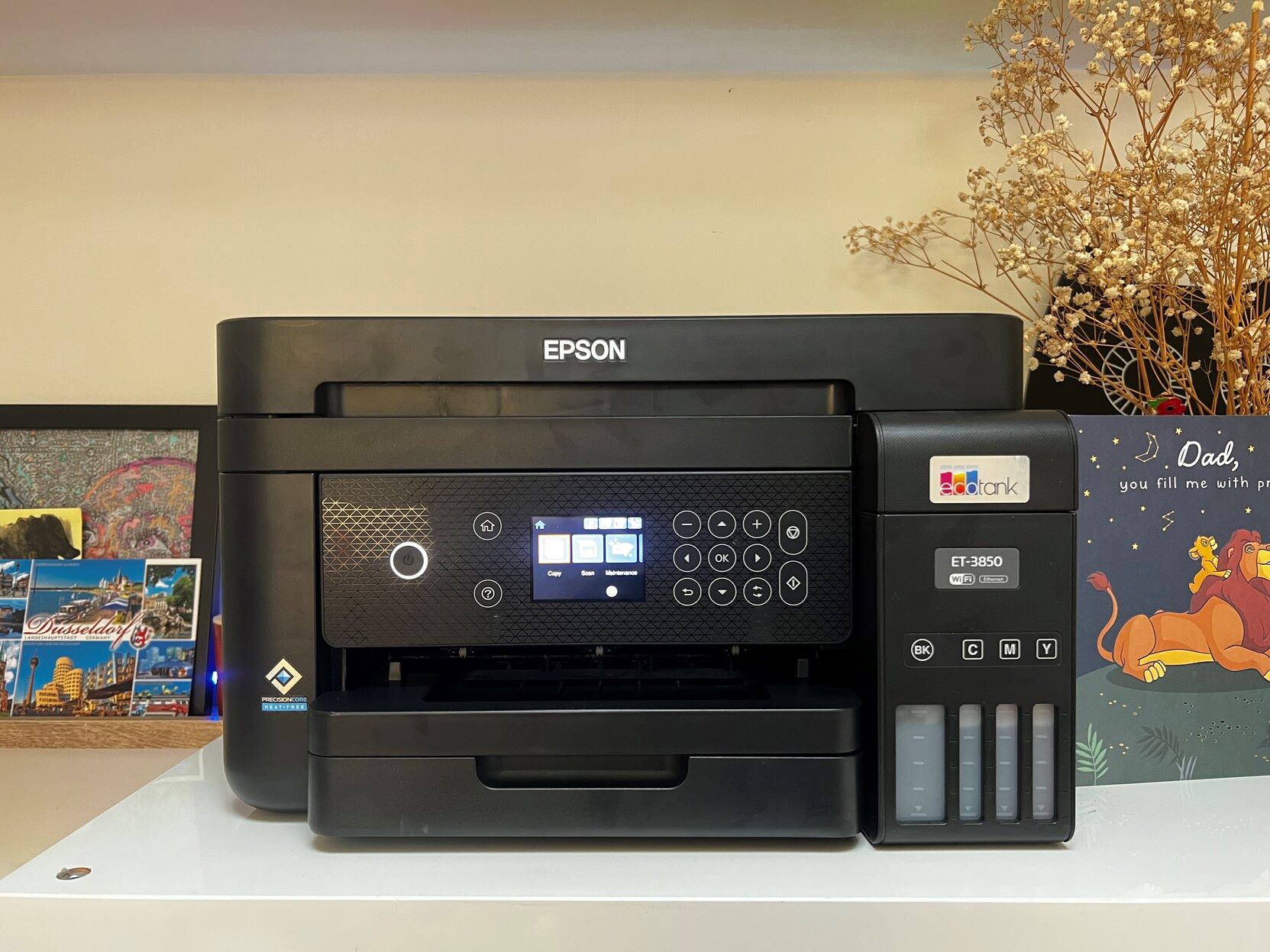
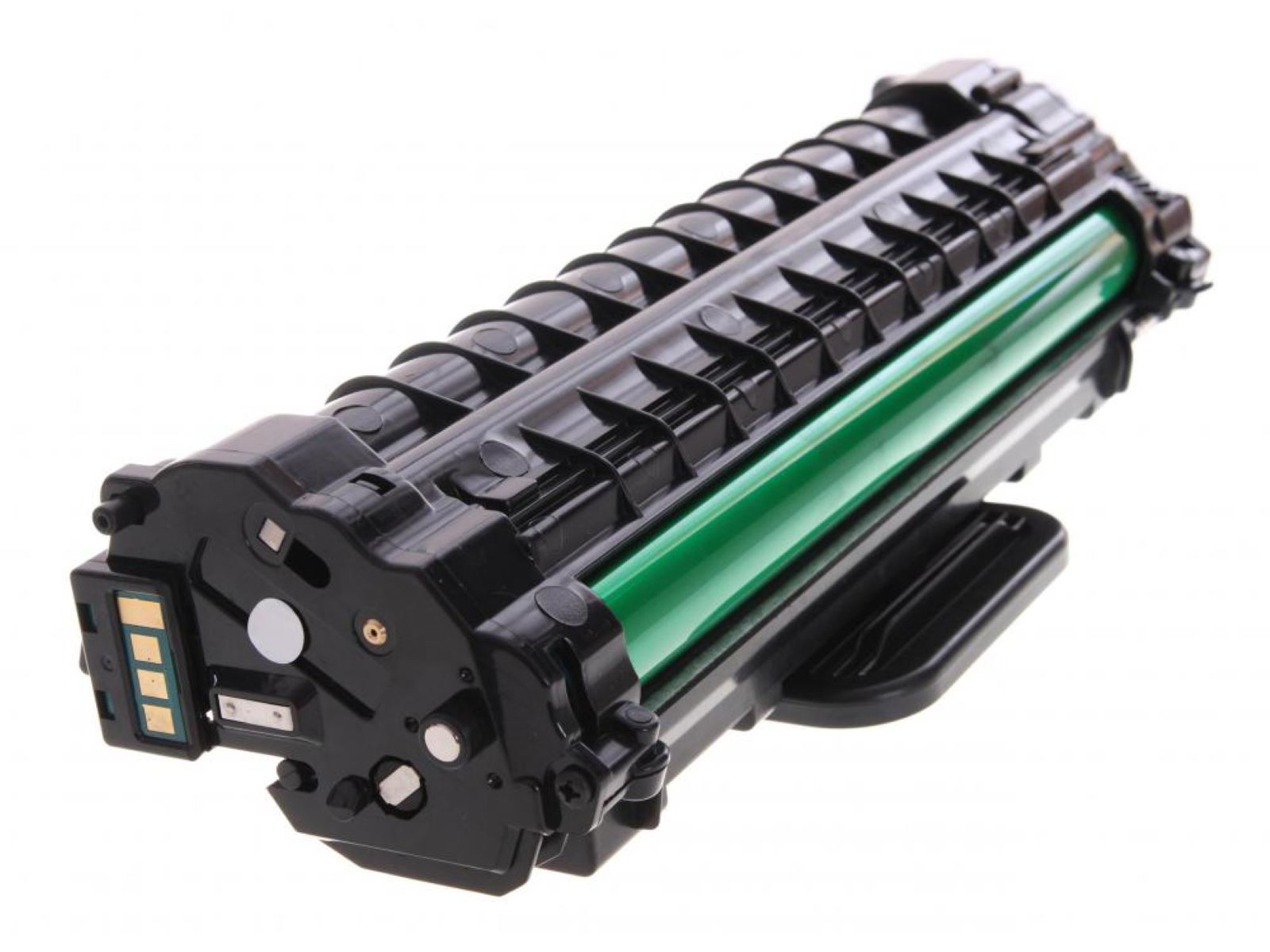

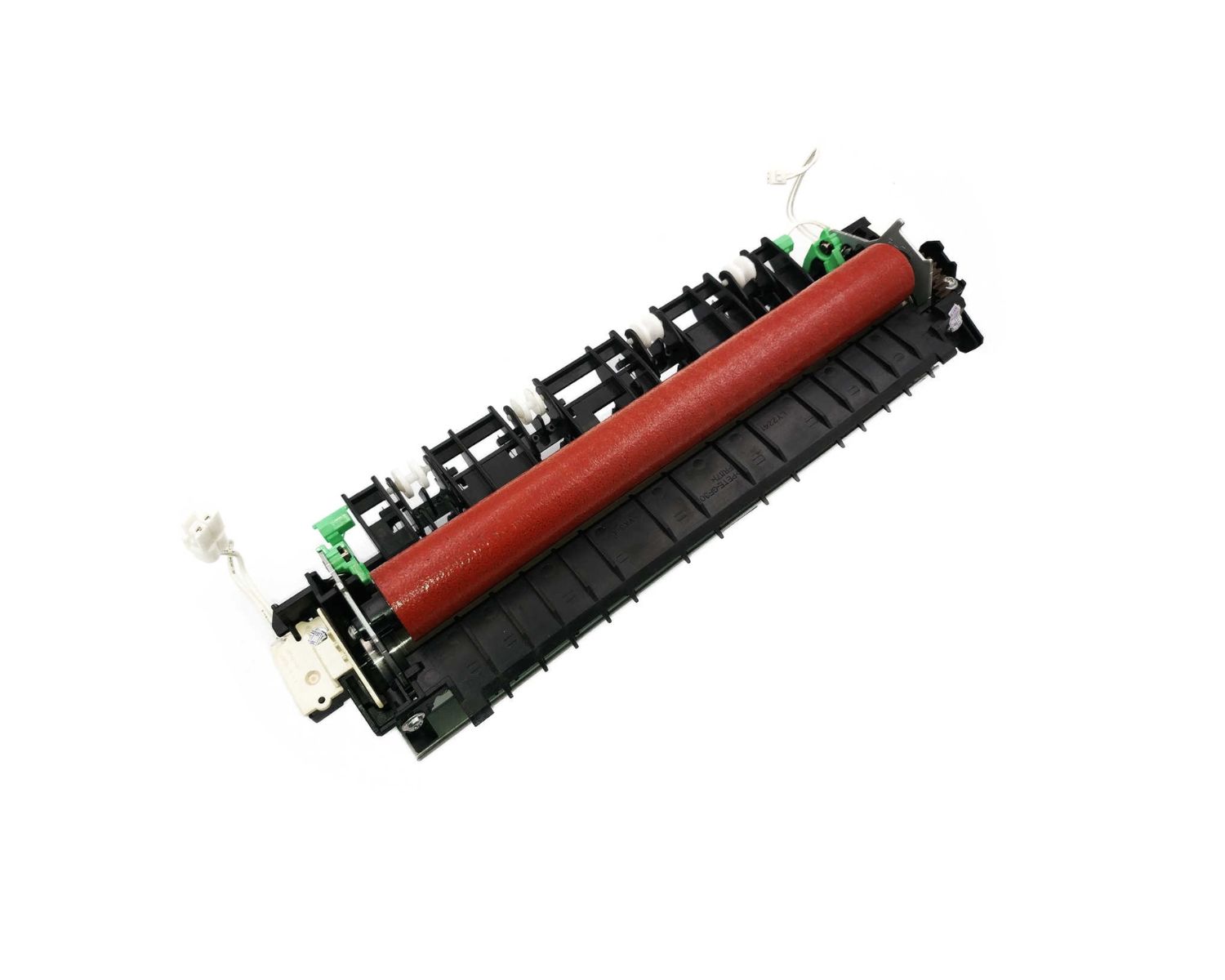

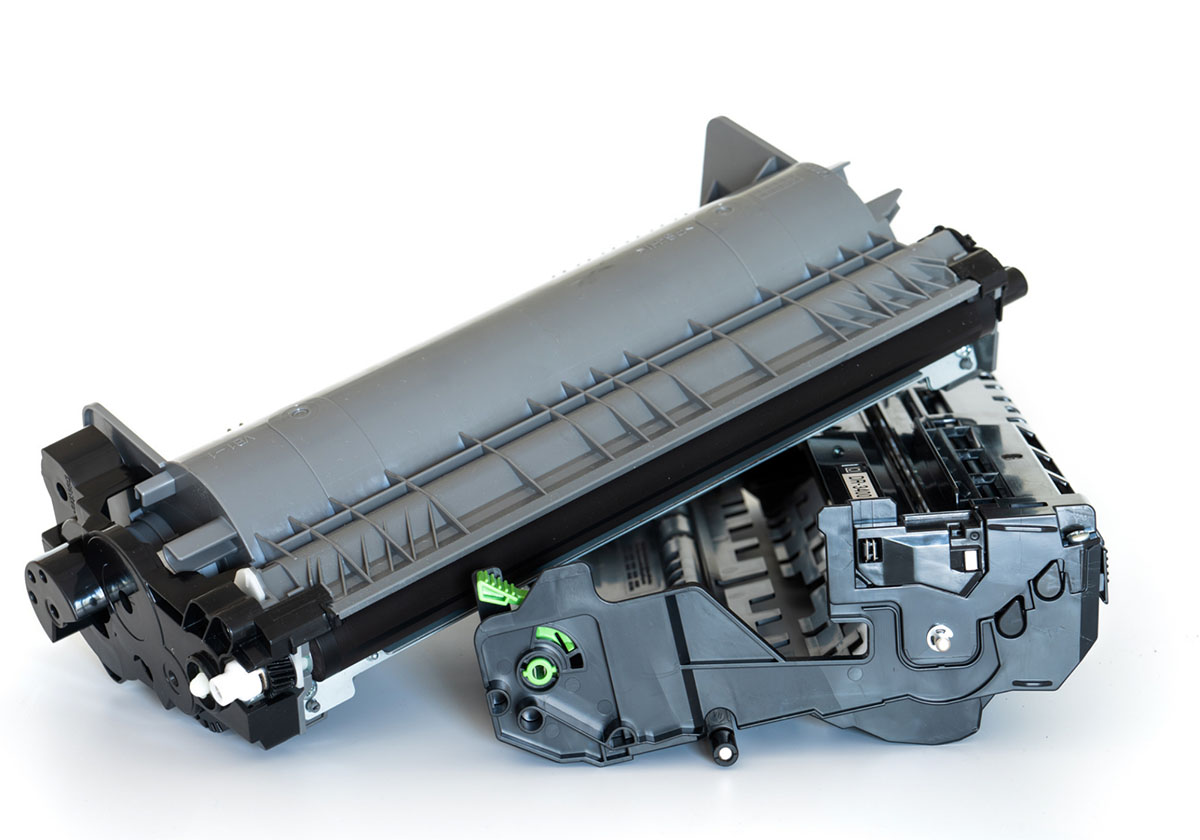
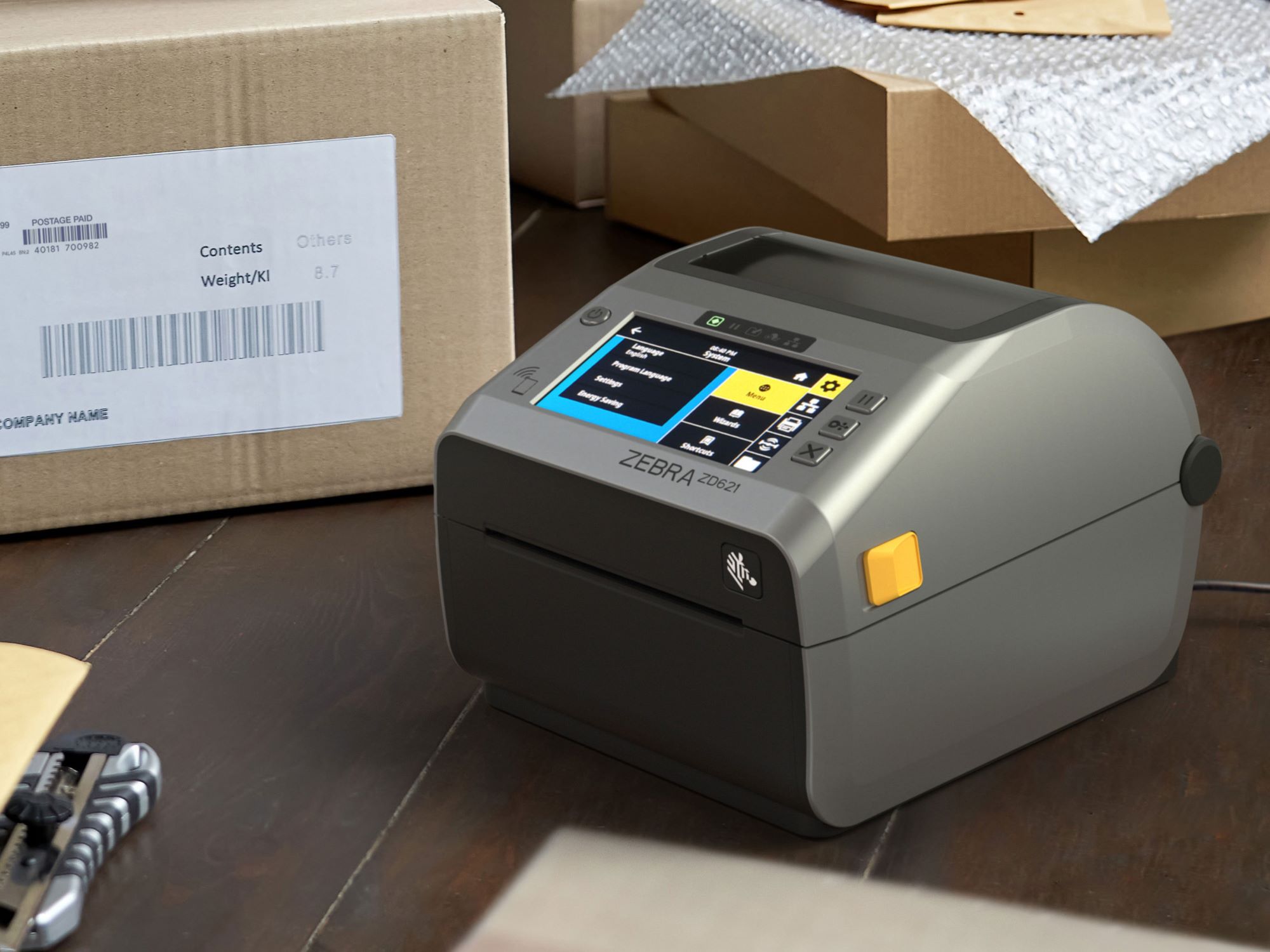


0 thoughts on “What Is WPA/WEP On A Printer”